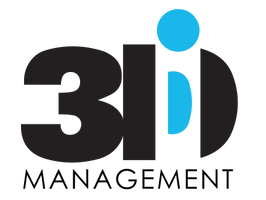ID Printers, Badges & Accessories

Plastic Card Printer: How Does It Work
What exactly is a plastic card printer? A plastic card printer is specifically developed and designed to print photos and detailed text directly onto plastic or proximity cards. Such a printer is similar to a traditional inkjet printer frequently found at home or in the office. There are three types of card printer technologies available, each with varied printing methods. In this article, we will be explaining how each printer functions and determining the type that is most appropriate for your business.
How Does ID Card Printer Technology Work?
ID card printer technology involves moving a heater print head over a printer ribbon, which then emits colors or designs onto a card. Today, you can create almost any design through a selection of print technologies and ribbons. The three-card printer technologies available currently are direct-to-card ID card printer, retransfer ID card printer, and Inkjet plastic card printer.
Direct-to-Card Plastic Card Printers
A direct-to-card ID card printer is one of the most popular ID card printers on the market due to its fast print speed. It is ideal for businesses that have to deal with high card production demands. As soon as the printer is set with the printer ribbon, the card goes under a print head. Heat is used to warm the ribbon. At the right temperature, the ribbon will transfer ink onto the card via a technique called dye sublimation. Two spools in the printer control the printer ribbon, allowing the latter to emit ink onto the card repetitively until the card design is completed. Once the process is finished, the printed card will eject from the machine.
As the card will be in direct contact with the print head, you cannot use a direct-to-card printer to print onto access control cards. Despite this, direct-to-card printers are still a popular option to produce non-secure cards efficiently.
Retransfer ID Card Printers
While retransfer ID card printers also utilize printer ribbons, they use a laminate overlay technique to print more sturdy IDs as compared to what a direct-to-card technique can produce. In a retransfer printer, the print head relies on the ribbon to produce a design onto the laminate overlay. The pairing of heat and pressure stick the printed overlay onto the card. A reverse transfer printer actually produces premium-quality ID cards that are more lasting than cards printed using a direct-to-card printer.
Inkjet Plastic Card Printers
Some people find printer ribbons difficult to work with; hence they can opt for an inkjet card printer instead. Although there are plenty of inkjet printers currently available on the market, the single-sided Fargo INK1000 printer has grown in popularity over the past couple of years. The machine does not require ribbons; instead, it utilizes an ink cartridge system that can be found in a traditional inkjet printer. Print quality does not get compromised in the process.
If you have a design in mind for your ID plastic card holder, get in touch with 3id Management today. You’ll be glad to know that 3iD Management ships ID supplies directly to overseas locations!

